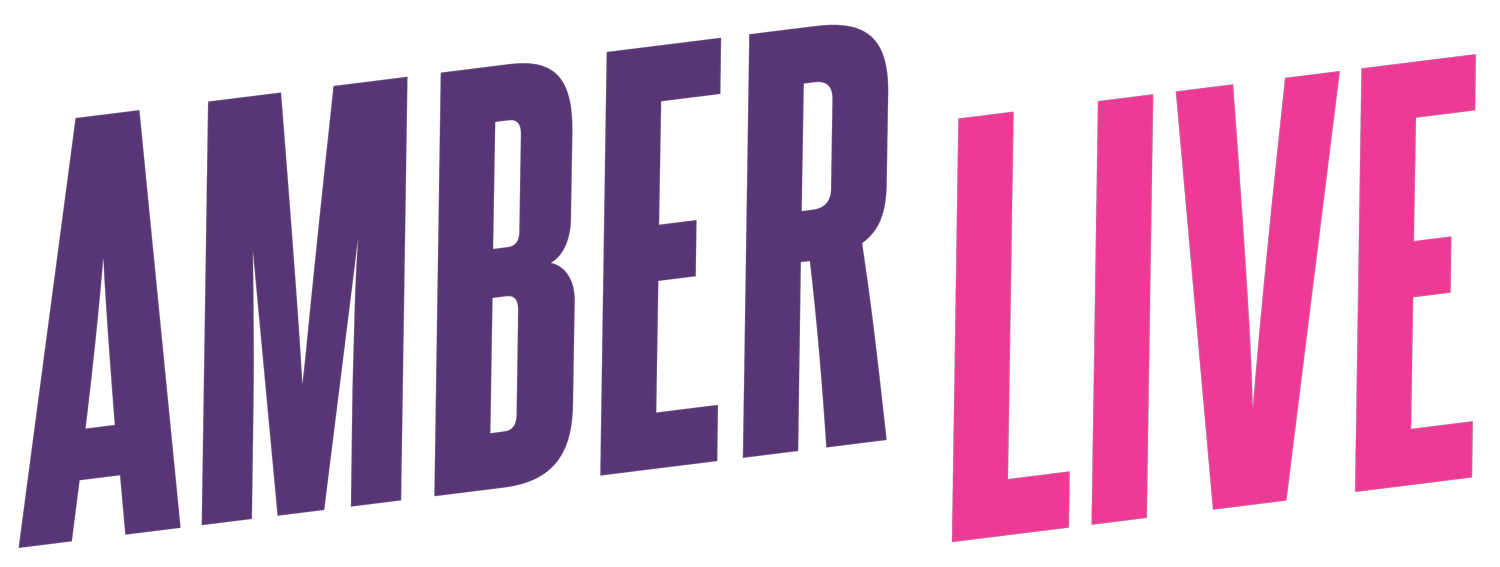What is the Difference Between a Drag Queen and a Transvestite?
Table of Contents
Overview
Defining Key Terms
Drag Queens
Transvestites
Origins and Motivations
Appearance and Performance
Identities and Communities
Moving Forward with Understanding
Overview
Drag queens and transvestites are often conflated, but there are important differences between these identities and communities that deserve understanding and respect. While both involve gender-nonconforming expression, the motivations and meanings behind that expression vary.
Defining Key Terms
Drag Queens
A drag queen is a person, usually a gay cisgender man, who performs femininity and gender nonconformity as part of a performance or entertainment act. Drag queens adopt stylized, exaggerated feminine personas and use clothing, makeup, wigs, and other props to create a larger-than-life character. For drag queens, drag is about performance art, entertainment, and creativity.
Transvestites
A transvestite is a person who cross-dresses, wearing clothing traditionally associated with the opposite gender, for personal fulfillment outside of performance. Transvestites may derive emotional and psychological satisfaction from expressing a cross-gender identity through their choice of attire. Also note, that the term transvestite is archaic and not used often at this time.
Origins and Motivations
Drag queen culture has its roots in the late 19th century theater world. It became more prominent with the rise of LGBTQ nightlife and drag balls in the mid-1900s. For drag queens, exaggerated cross-dressing is about showmanship, creativity, and celebration.
Transvestism emerged as an identifiable phenomenon in the early 20th century. For transvestites, dressing across genders helps them experience desired aspects of their gender identity. It serves personal self-expression rather than public performance.
Appearance and Performance
Drag relies heavily on over-the-top looks and characterization. Drag queens may aim for dramatic makeup, wigs, prosthetics, padded outfits, and risqué costumes. Their look is part of the fun and entertainment.
Transvestites typically aim for a natural gender presentation aligned with their internal sense of self. Their fashion choices allow them to explore and experience their gender fluidity.
Identities and Communities
Most drag queens identify as cisgender gay men who take on a drag persona temporarily for performing. Their community centers around nightlife entertainment and LGBTQ celebration. Many drag queens use their personas to raise awareness and money for charities, or they do charitable work like reading at drag queen story hours.
Most transvestites identify as straight men who have a persistent, authentic urge to cross-dress. There are also transgender individuals who cross-dress pre-transition. Transvestites typically explore their identities in private or in community with other transvestites.
Moving Forward with Understanding
Drag queens and transvestites represent the incredible diversity of gender identity and expression. Though distinct communities, they both challenge binary stereotypes through creative self-expression. Respecting the nuances and humanity beneath these terms allows us to build a more inclusive society.
—This article was written, restructured, or adapted by Russell with information gathered from sources around the internet. Russell is the producer of Amber Live and is greatly overworked to pull it all together. If it’s on the internet, it must be true. (We’re kidding.) BUT, if you find any errors or omissions in the article, please let us know so that we may correct the issue. Thanks for your support!


